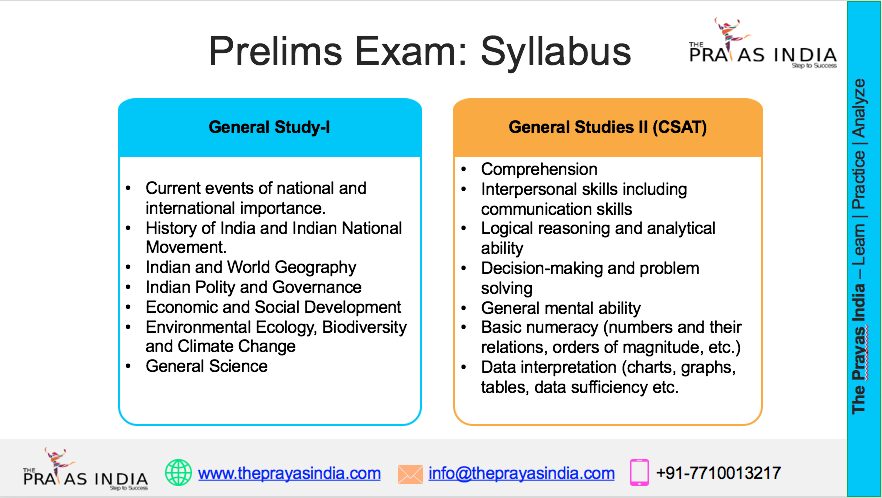WHO Classifies Hepatitis D as Cancerous Virus: A Global Health Alert
Introduction
In a critical development for global health, the World Health Organization (WHO) has officially reclassified the Hepatitis D Virus (HDV) as a carcinogenic agent—placing it among viruses capable of causing cancer in humans. This move reinforces the urgent need to intensify efforts around viral hepatitis prevention, research, and awareness, especially as HDV often co-infects individuals already suffering from Hepatitis B Virus (HBV)—compounding health risks and elevating the likelihood of liver cancer.
What is Hepatitis? Types and Transmission
Hepatitis refers to inflammation of the liver, commonly caused by viral infections, although it can also result from toxins, alcohol use, or autoimmune responses. The five primary types of viral hepatitis are:
1. Hepatitis A (HAV)
- Transmission: Faecal-oral route (contaminated food/water).
- Impact: Causes acute infection, rarely leads to chronic liver disease.
- Prevention: Effective vaccine available.
2. Hepatitis B (HBV)
- Transmission: Blood, semen, and other bodily fluids.
- Impact: Can cause chronic infection, cirrhosis, and liver cancer.
- Prevention: Safe and effective vaccine available; included in most national immunisation programs.
3. Hepatitis C (HCV)
- Transmission: Blood-to-blood contact (unsafe injections, transfusions).
- Impact: Chronic infection with high liver disease burden.
- Prevention: No vaccine yet, but curative treatments exist.
4. Hepatitis D (HDV)
- Transmission: Requires HBV for infection; spreads via blood and fluids.
- Impact: Co-infection with HBV worsens prognosis significantly.
- Prevention: Preventing HBV automatically prevents HDV.
5. Hepatitis E (HEV)
- Transmission: Contaminated water and food.
- Impact: Mostly acute, but dangerous during pregnancy.
- Prevention: Limited vaccines in some regions.
Hepatitis D: The Cancerous Virus
Why WHO Reclassified Hepatitis D
Hepatitis D is not a typical standalone virus. It is known as a “satellite virus”, meaning it requires the presence of Hepatitis B Virus (HBV) to replicate and survive. On its own, HDV cannot infect or replicate inside human cells. However, when co-infected with HBV, it greatly magnifies the severity of liver damage and substantially raises the risk of liver cancer.
Recent global studies and meta-analyses revealed:
- HDV increases liver cancer risk 2 to 6 times more than HBV alone.
- Up to 75% of HDV patients develop cirrhosis within 15 years.
- The virus accelerates progression to liver failure, cirrhosis, and hepatocellular carcinoma (HCC).
This compelling evidence led the WHO to recognize HDV as a Group 1 carcinogen, aligning it with well-known cancer-causing agents.
Modes of Transmission
Hepatitis D spreads through similar routes as hepatitis B and C. Key transmission methods include:
- Unsafe blood transfusions or reused needles
- Contaminated medical equipment
- Mother-to-child transmission during childbirth
- Unprotected sexual contact with infected persons
- Sharing of razors, toothbrushes, or personal hygiene items
High-risk groups:
- Intravenous drug users
- Patients with existing chronic HBV infection
- Individuals in endemic regions with low vaccination rates
Diagnosis of Hepatitis D
Diagnosis of HDV requires specific blood tests that detect:
- Anti-HDV antibodies (IgM/IgG)
- HDV RNA levels through PCR testing
It is crucial for individuals with chronic hepatitis B to undergo HDV screening, especially if they present with rapid liver disease progression or fail to respond to HBV treatment.
Preventing Hepatitis D: HBV Vaccination Is Key
Since HDV infection cannot occur without HBV, hepatitis B vaccination is the primary prevention strategy. WHO recommends:
- Birth dose of HBV vaccine within 24 hours
- Subsequent doses at 6 weeks and 14 weeks (or 1 and 6 months)
For high-risk adults like healthcare workers or individuals with frequent blood exposure, three-dose adult vaccination schedule is advised.
Other prevention strategies include:
- Screening blood and organ donations
- Ensuring sterile medical equipment
- Promoting safe sex and harm reduction for drug users
Emerging Treatments for HDV
Unlike HBV or HCV, treatment options for HDV have been limited, but recent medical advances show promise.
Bulevirtide – A new antiviral therapy approved in Europe, works by blocking the entry of HDV into liver cells.
Other research is ongoing into:
- Interferon-based therapies
- HBV DNA inhibitors
- RNA-targeted therapies
However, treatment accessibility remains a challenge in low- and middle-income countries.
Public Health Implications of WHO’s Cancer Classification
WHO’s reclassification of HDV as a carcinogenic virus signals a call to action for governments, healthcare systems, and global health bodies. The move:
- Raises awareness about HDV’s deadly nature
- Encourages inclusion in cancer prevention programs
- Stimulates funding for targeted surveillance and antiviral drug development
- Strengthens policy emphasis on HBV vaccination drives
- Improves early diagnosis and screening, especially in HBV-positive populations
Conclusion
The WHO’s declaration of hepatitis D as a cancer-causing virus has serious implications for public health. With HDV accelerating liver cancer risk far beyond HBV alone, it’s time to double down on prevention through HBV vaccination, early detection, and public awareness. The fight against viral hepatitis must evolve—because stopping HDV starts with stopping HBV.
If you’re preparing for competitive exams like UPSC or State PCS, understanding such global health developments is critical. At The Prayas India, we focus on integrating current affairs with conceptual clarity for exam excellence.


![Prayas-लक्ष्य [UPSC CSE Target] The Prayas India](https://theprayasindia.com/wp-content/uploads/2021/08/Prayas-लक्ष्य-UPSC-CSE-Target-The-Prayas-India-300x167.png)

![Prayas Pre-भेदश [UPSC CSE Prelims Test Series] The Prayas India](https://theprayasindia.com/wp-content/uploads/2021/08/Prayas-Pre-भेदश-UPSC-CSE-Prelims-Test-Series-The-Prayas-India-300x167.png)










